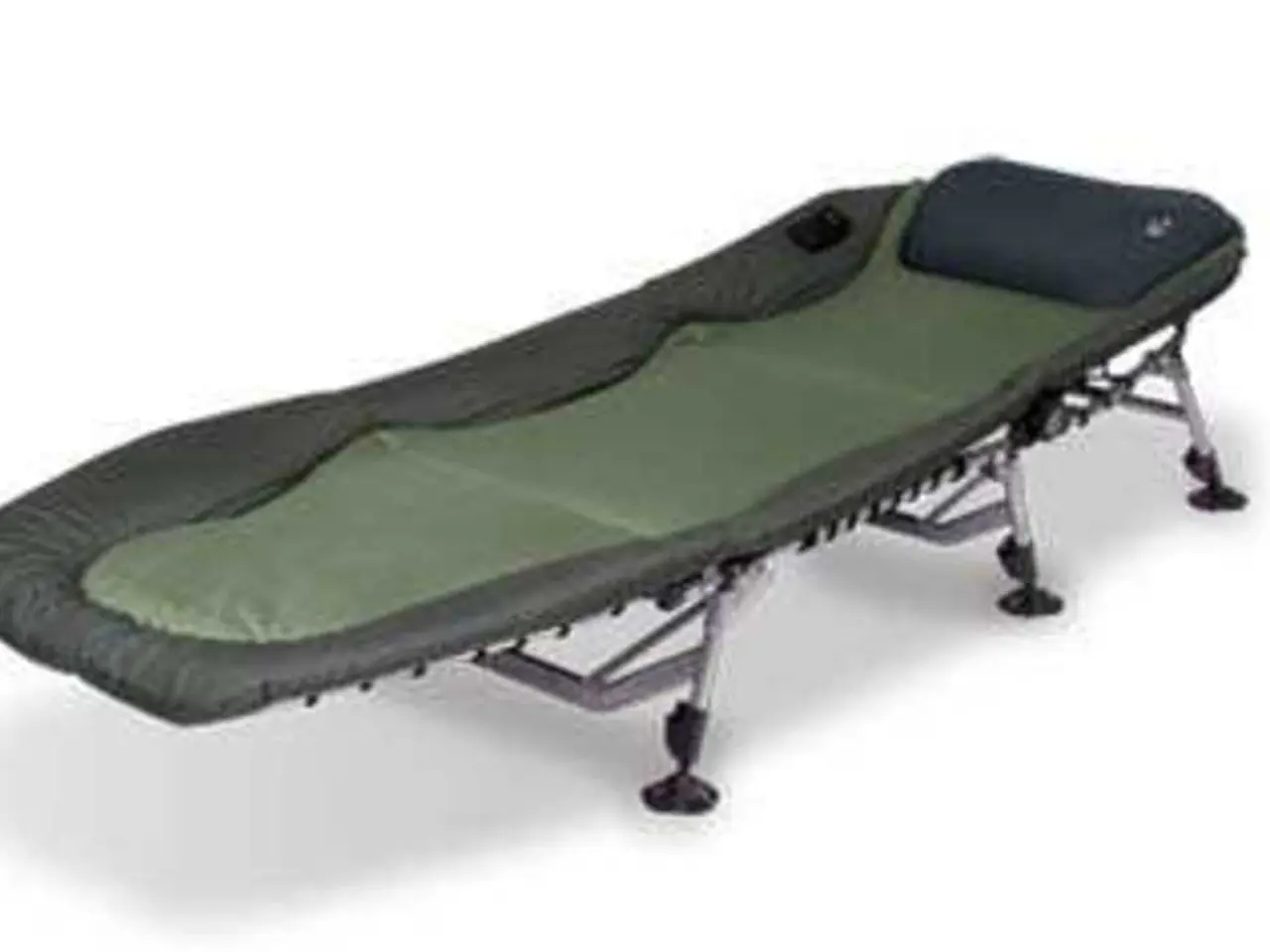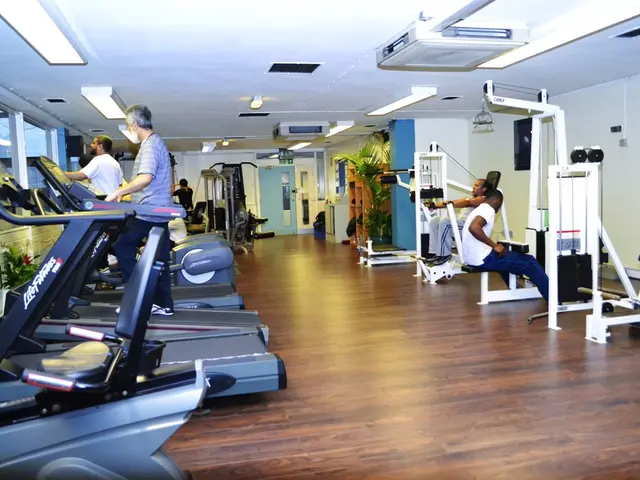Pregnancy Exercises and Benefits: A Guide to Stretching Right
Pregnancy can be a challenging time for many women, with a multitude of physical changes taking place. However, gentle, mindful stretching tailored to pregnancy can offer numerous benefits, such as easing common aches, improving circulation, and preparing you physically and mentally for labor.
Safe and effective stretching exercises for pregnant women include the cat-cow stretch, child's pose, seated hamstring stretch, happy baby, pelvic tilts, bird dog, and hip flexor stretch. These exercises focus on relieving back pain, loosening hips, improving posture, and preparing the body for labor. Yoga poses like the butterfly and yoga squat are also recommended to open the hips and strengthen the pelvic floor.
However, it's essential to exercise caution when performing these stretches. Pregnant women should avoid lying flat on their back for prolonged periods, especially after 20 weeks of pregnancy, to prevent pressure on major blood vessels. Props like stability balls or pillows can provide extra support and comfort during stretches. Inversion poses (head below hips) and large asymmetric movements that could disrupt blood flow or cause dizziness should be avoided.
Perform stretches gently without bouncing or overstretching, listening carefully to your body's signals for fatigue, pain, dizziness, or shortness of breath. It's also crucial to consult your healthcare provider before starting any new exercise routine, especially if you have pregnancy complications like bleeding or cardiac issues.
Some recommended pregnancy stretches include shoulder stretches, neck stretches, hamstring stretches, calf stretches, waist twist stretches, and chest stretches. For neck stretches, bring your head forward and tipped to one side, reach up behind your head with your hand on the same side, give your head a gentle pull, and repeat on the other side. For a hamstring stretch, put one foot up on a chair, lean forward holding the chair so that you feel a pull on the back of your thighs.
Calf stretches can be performed by standing 2 feet from a wall, extending your arms in front at shoulder height, tilting forward slightly, so your palms touch the wall while your heels remain on the ground, and holding the stretch for ten seconds, repeating twice. To do a waist twist stretch, stand with your feet shoulder-width apart, bring both arms to your left side at shoulder height, look over your right shoulder, hold the stretch, reverse the motion, and repeat twice or thrice each time, multiple times a day.
For a chest stretch, stand with your arms raised on either side, then step forward with one foot and hold for thirty seconds, repeat one or two times per side, multiple times in a day. A roll-down stretch can be performed by standing with your back against the wall, bending forward as you exhale, letting your hands hang in front, inhaling and rolling back up, and repeating two times. If your belly becomes too big, you can do the same seated on a chair.
Pregnancy stretches, including hip stretches, can help a woman maintain her health during pregnancy. Exercise can be beneficial for both the mother and the baby if done correctly, so remember to check with a doctor before starting a stretching regime. These stretches can help mothers keep their weight in check and loosen up joints for childbirth. Moreover, they can help alleviate back pain, improve range of motion, and promote a healthy baby.








